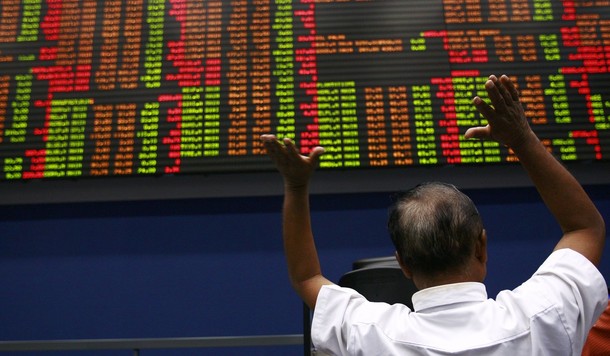Remittances and tourism support Sri Lanka GDP recovery
Sri Lanka GDP grows 4.5% in 2025, CSE and LKR strengthen with remittances, tourism recovery, and fiscal reforms, signaling progress toward restoring pre-crisis economic output.

Sri Lanka’s economy is now showing firm, measurable signs of recovery, with authorities demonstrating critical progress in stabilizing the deeply strained fiscal and external balances that triggered the 2022–2023 financial crisis. Gross Domestic Product (GDP) growth is officially projected at a robust 4.5% year-on-year (y/y) in 2025. This resurgence is fundamentally anchored by the ongoing IMF Extended Fund Facility (EFF) program, which provides the necessary policy discipline for fiscal consolidation and structural reform.
Crucially, the stabilization efforts have successfully tamed hyperinflation from peak levels, allowing the Central Bank to cautiously ease monetary policy, which, in turn, supports credit flow and productive investment capacity.
The immediate drivers of economic revival remain external and private-sector-led. Remittances are proving highly resilient, estimated near USD 10.5 billion YTD, directly underpinning household consumption and cushioning the domestic adjustment. Simultaneously, the tourism sector, which contributes approximately 5% of GDP, has rebounded strongly, with revenues estimated near USD 6 billion, generating vital foreign exchange and employment.
Public-sector reforms are central to regaining trust: decisive improvements in revenue collection, coupled with rationalization of non-essential expenditure, are systematically restoring investor confidence and meeting the IMF’s performance benchmarks.
The financial markets immediately reflect this newfound stability. The Colombo Stock Exchange (CSE All Share Index) has responded by climbing a significant 12% YTD. Furthermore, Foreign Exchange (FX) stability has dramatically improved, moving the Sri Lankan Rupee (LKR) to trade near 350/USD, a stability supported by judicious central-bank management and the gradual return of capital inflows. This macro stability, reinforced by initial success in debt restructuring negotiations with multilateral creditors, allows for the gradual release of policy space, which is being directed toward investment in infrastructure and social programs.
Macro implications are far-reaching, improving prospects for employment, private investment, and overall banking sector health. Stabilization encourages fresh Foreign Direct Investment (FDI), particularly into key growth areas such as renewable energy, advanced manufacturing, and strategic port infrastructure. However, the path ahead remains precarious. Forward risks are dominated by policy execution delays, particularly the need to successfully finalize debt treatment with both official bilateral and commercial private creditors, a complex process prone to setbacks.
The economy also remains vulnerable to external shocks, notably commodity price shocks (especially for oil and gas imports) and global financial volatility that could negatively affect the flow of crucial remittances and tourism receipts. If structural reforms remain decisively on track, Sri Lanka is poised to restore its lost pre-crisis GDP output by late 2026, successfully converting temporary stability into a foundation for resilient, long-term growth.





